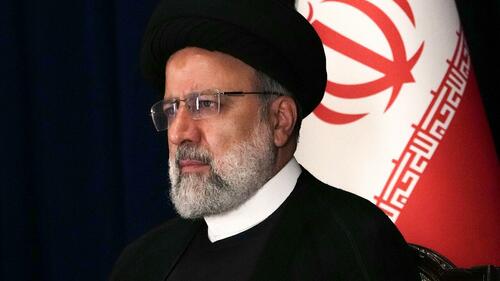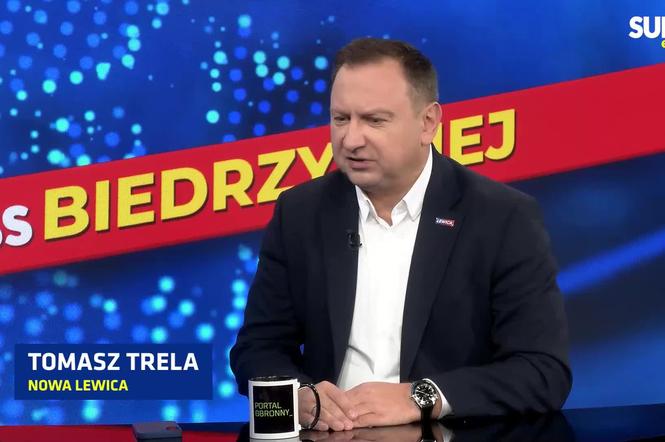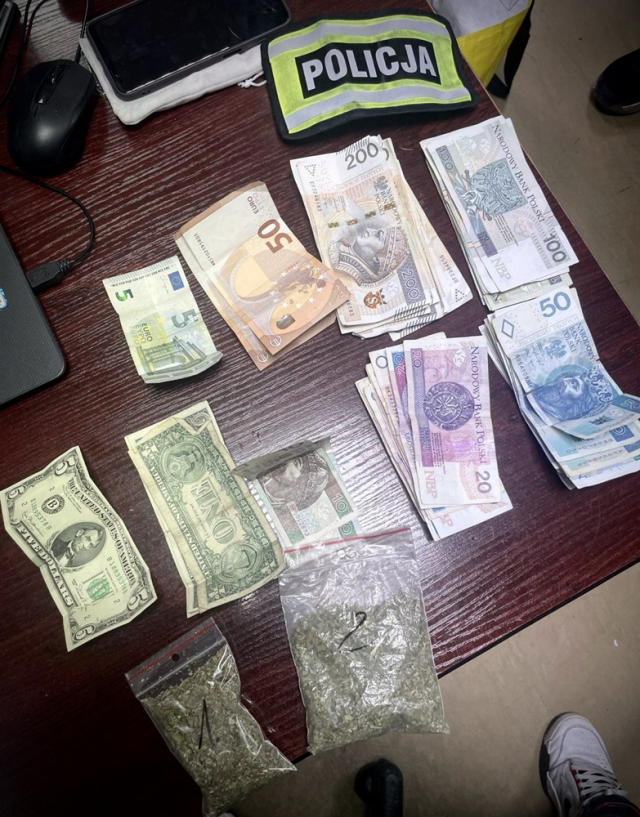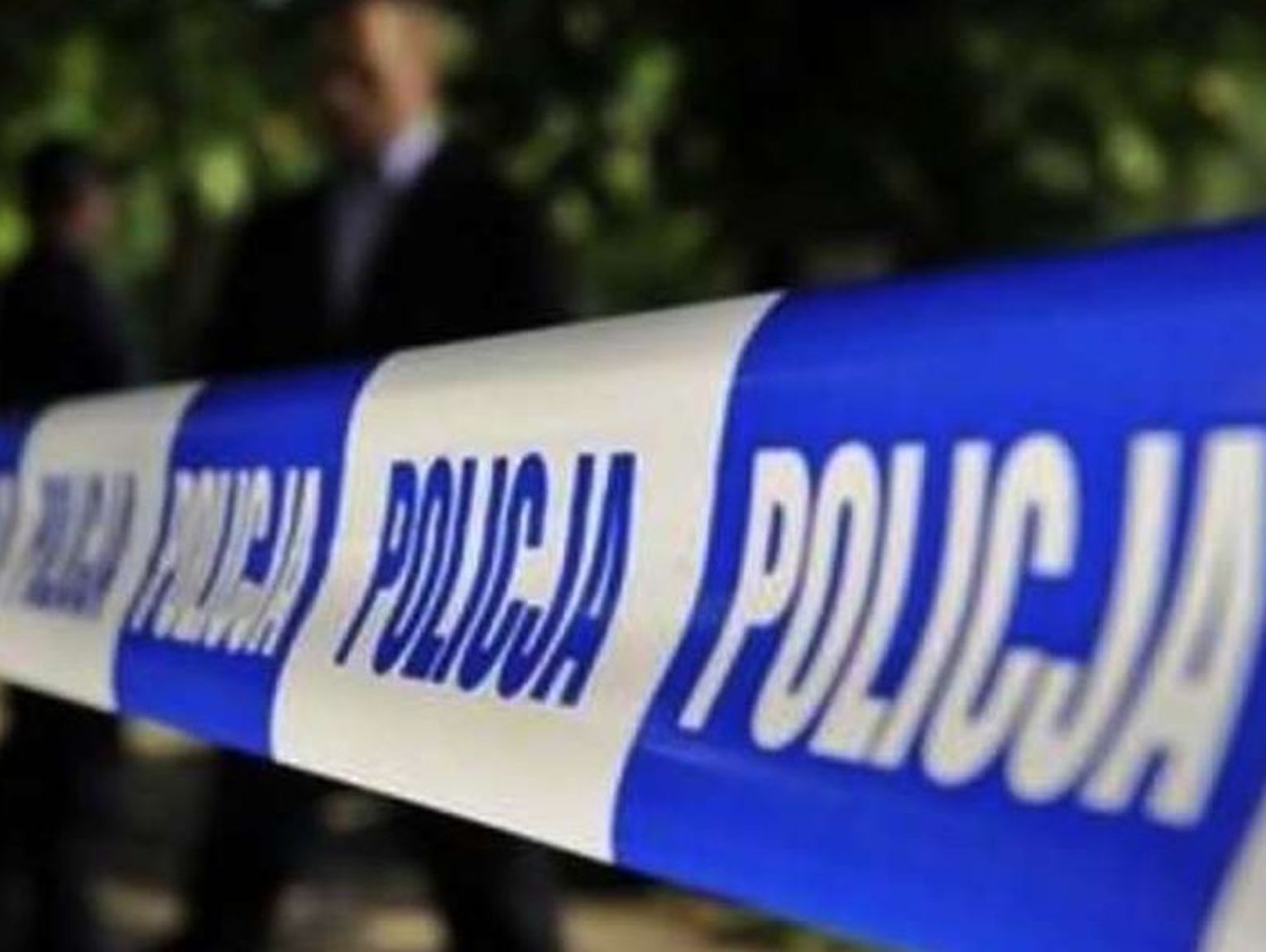
Will Raisi’s Death Lead To Softer Iranian Policy Towards The West
By Simon Watkins of OilPrice.com
The death of Iranian President Ebrahim Raisi in a helicopter crash on Sunday 19 May has reignited optimism among some that Iran’s stance towards the West may soften again into the pragmatic approach of his reforming predecessor, President Hassan Rouhani.
For the moment, presidential power has been transferred to Vice President Mohammad Mokhber, but a snap election is due to be held on 28 June to determine the president for the next four-year term. So, will it usher in a new dawn of better relations between Iran and the West of the sort that previously saw the forging of the Joint Comprehensive Plan of Action (JCPOA, or colloquially ‘the nuclear deal’) on 14 July 2015?

It is true that when he was elected president on 3 August 2013, former President Rouhani was instrumental in allowing more access for Western companies into Iran’s key businesses – including its huge but still relatively underdeveloped oil and gas sectors – in exchange for allowing greater oversight of its nuclear program. From Iran’s side, this would see a huge influx of investment from the West that would swell the coffers of an economy blighted by decades of international sanctions. This in turn would alleviate increasing social discontent from a large proportion of Iran’s young, well-educated, and non-Islamic fundamentalist population. It would also, as far as the country’s Islamic Revolutionary Guards Corps (IRGC) was concerned, provide funding for a stealthy advancement in key elements of its nuclear program and for the plugging of technology gaps elsewhere in its economy, as analyzed in full in my new book on the new global oil market order. After the signing of the JCPOA, commitments for massive investment rolled in from scores of Western firms, and Rouhani won a second term as president. It was at this point, though, that the P5+1 group of nations (the U.S., U.K., France, Russia, and China plus Germany) that had signed the JCPOA deal revealed their own surprise, which was that they essentially wanted to dismantle the power of the IRGC across all key areas of Iran’s political and economic life, as also detailed in the book. It was at that point that the JCPOA began to fall apart, even before the U.S. unilaterally withdrew from the deal on 8 May 2018.
More than any other factor, the failure of the deal underlined that in reality there is no such thing as a ‘moderate’ Iranian politician in the truest sense of the word. Rouhani had been keen to re-engage with the West based solely on the beneficial economic considerations for Iran and not on some deeper ideological basis that might include embracing anything other than the notion of Iran as a fundamentalist Islamic state. Crucially, he had only been able to do so with the full blessing of Iran’s Supreme Leader, Ali Khamenei, and the ‘Guardians of the Islamic Revolution’, the IRGC in his first presidential term. When the powers of both were threatened by the JCPOA as it evolved past Rouhani’s first four years, the deal was effectively dead from the Iranian side. In this sense, then, there is no meaningful difference between those commonly portrayed in the West as Iranian political ‘moderates’ or ‘hardliners’, with the only variance in politicians being the degree of freedom they have been allowed by the Supreme Leader and the IRGC at any given moment. Moreover, as also analyzed in my new book, the portrayal of Iranian politicians as either moderate or hardliner has been encouraged by the IRGC as a ploy to leverage the West into certain negotiating positions and certain deals by playing up to its fears of ‘further empowering the hardliners’, or ‘undermining the moderates’.
“At the centre of the guiding principles for all top-level Iranian politics is the concept of Velayat-e-Faqih, which means that all serious political and religious authority is entrusted to the [Shia] clergy, which makes all key decisions for Iran, provided that they have been approved by the Supreme Leader, and this is then enforced by the Guardians of the [1979] Revolution, the IRGC,” a senior source close to Iran’s Petroleum Ministry exclusively told OilPrice.com. “These decisions cover everything of significance for Iran, from foreign policy, through defence policy, economic policy, and intelligence policy, to any domestic policy over and above how many aerials a specific apartment complex in Tehran can have on its roof,” he added. “It should be remembered that [former President, Hassan] Rouhani himself – often cited as a moderate – began his adult life as a cleric, becoming an ardent follower of the leader of the 1979 Revolution, Ayatollah Ruhollah Khomenei,” he said. “This structure is reinforced with the second element in Iran’s power structures that pre-determine the type of president it will have after the next election, which is the Majlis,” he underlined. The Majlis – Iran’s 290-member parliament – is an elected house, but its real powers are confined to determining non-essential matters, although even these decisions can be overturned by the Guardian Council of the Constitution, which approves all legislation. In turn, this 12-member body acts in the manner of a general constitutional overseer, with half of its membership always being Shia theologians directly chosen by the Supreme Leader himself. The other six members are lawyers selected by the head of the judiciary, who in turn is also directly appointed by the Supreme Leader.
The final element of pre-determination in the upcoming Iranian presidential elections is the pre-selection process for ‘suitable candidates’ for the position by a body over which no one, except the Supreme Leader, has any authority at all – the Expediency Discernment Council of the System. The Expediency Council will vet all candidates and then pass the list to the Guardian Council, which will then publish the official shortlist of shortly before the election date. The Expediency Council was originally created by the Supreme Leader to resolve any differences that arose between the Guardian Council and the Majlis, but it also now functions as a key advisory body to the Supreme Leader. According to the Iran source, Iran’s Supreme National Security Council will also send a ‘foundation document on candidates’ to the Expediency Council that stresses the current security concerns of Iran’s key geopolitical backers – China and Russia. “This document will ensure that all the shortlisted candidates have ideas on politics, economics, and global security that are congruent with those of our Chinese and Russian partners,” the Iran source exclusively told OilPrice.com last week.
The late President Raisi was what the West terms a hardliner, but even he was given no say in Iran’s backing for Hamas’s 7 October 2023 attacks on Israel or on the 13 April drone and missile attacks directly on Israel, according to the senior Iran source. “He also had no say on Iran’s maneuvering of the Houthis to attack ships in the Red Sea area, or to threaten Saudi Arabian oil facilities or any such matters, and nor will the next president whoever it is,” he said. “All the key decisions will continue to be made by the Supreme Leader in conference with the IRGC,” he added. This said, a far more important appointment for Iran’s future may come from the replacement of Raisi on the Assembly of Experts, which is the group that chooses the new supreme leader when the ailing 85-year-old Khamenei dies. “For a long time, Khamenei has looked to his son, Mojtaba, to replace him as Supreme Leader, and he could well be appointed to the Assembly of Experts,” the Iran source underlined last week. “This would be the genuinely big event following Raisi’s death,” he concluded.
Tyler Durden
Tue, 05/28/2024 – 17:00

 1 rok temu
1 rok temu















